The healing balm of therapeutic groups and working with the story
1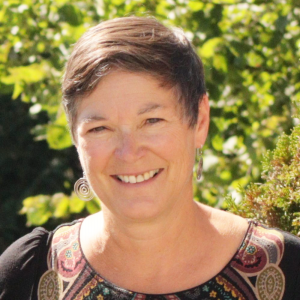
by Mary Hilliker, RDN, E-RYT 500, C-IAYT
Our connection with other human beings is essential to our health and happiness. Traumatic experiences can disrupt that interconnectedness, creating grief and isolation. Often clients are sitting with their story and unable to find ways out of it.
“We humans are storytellers, meaning-making beings, and it is through our autonomic nervous systems that we first create, and then inhabit, our stories. The information that begins in our biology travels autonomic pathways to the brain, and the brain creates a story to make sense of what’s happening in the body.” (Dana, Deborah A. Anchored (p. 150). Sounds True. Kindle Edition.)
Therapeutic groups may be one way for clients to get unstuck from the original story and to tell a different story. I’ve been fortunate to work with a behavioral health company where the group process for cognitive behavioral therapy and yoga therapy is honored, prioritized, and part of the healing process for clients.
Group formation in trauma recovery is informed by intake and assessment. Group members may have similar occupations. For example, people who work in emergency and law enforcement services may experience trauma that is intense, frequent, and unique to the profession. Group members need to be able to feel that there is a relatability that allows for safety in sharing experiences, symptoms, and how the yoga tools are working for them.
Gender may determine group formation when harassment or sexual trauma is the source of post-traumatic stress. Education level, military service, level of functioning, types of injuries and other factors may be used to create therapeutic groups.

Individual intake and assessment are crucial to developing overall goals for a series of group sessions.
Within those overall goals are unique individual goals that also inform the group process. Some of the overlays that come together in developing a series include:
- The extent of physical injuries or chronic conditions that impact movement and breathing
- Common symptoms of post-traumatic stress that clients want help with
- The trajectory of their trauma recovery to date
- Experience with yoga and openness to different yoga techniques
- Time of day of the group
- What clients are coming from and going to (i.e., Are they doing yoga between other appointments or on a lunch hour at work?).
The yoga tools chosen for each class are most informed by the physical needs, symptoms experienced and individual priorities. For example, most of the clients I work with have sleep disruption. We might start there so that clients gain simple but immediate tools to apply to the problem.
Asana practice might be quite variable, even within a small group. It’s common for me to have some clients who need a chair and standing practice while others will benefit from more traditional forms of the asana.
Intake and assessment interviews help me prepare to have options for everyone. My motto is to help everyone walk away from a class feeling like they can do yoga.
Scheduling of the class time may dictate how a structure for a class comes together. I often have students who meet at 9 am in their local time zone but need tools for sleep. I often introduce the sleep tools first and then introduce tools for waking up after a disrupted sleep night as a creative way to offer the two distinctly different sets of tools needed for sleep disruption.
A check-in process that focuses on using yoga tools during the week and how that went helps keep the group dynamics centered around honest discussion, exploration, encouragement, and reinforcement of what works. As a practice is offered, it’s important to see how the practice and the different parts of the practice land with each person. The group members begin to tell stories of what’s working and what’s helping them. It also gives me the opportunity to offer refinement and calibration ideas for tools such as breathing or imagery, or mantra.
How much is enough in a class and how much is too much? I think all Yoga Therapists and teachers wrestle with this question for discerning reasons. One group may be able to integrate more quickly than other groups. For example, firefighters are very familiar with the physiology of breathing from their work. Many firefighters are also used to using breathing techniques while on the job. They may be able to move along more quickly with yoga breathing techniques compared to other groups who are first learning to use breathing as a stress, anxiety, and panic management tool.
Teaching methodology is another consideration for therapeutic groups. Intake and assessment will inform teaching methodology. Understanding who the group members are, their experience with yoga, the language they relate to, and how they learn best helps us arrive at ways to teach. Since many of my groups are exclusively online, I like to demonstrate postures clearly, then provide clear and concise instruction and observe as students practice. I may use graphics to illustrate principles or ideas. Again, the checkout process at the end of the group helps me continually assess and refine.
There is a sweetness in being able to gather in person. One can be more fully present with clients working in-person. It’s certainly easier to read the room when teaching in-person. A bigger picture is formed based on the perceived state at the start of class, observation of movement, breathing and reactions to practice.
The reality of life now, due to the pandemic, advances in online technology and acceptance of it, means more opportunities may arise with online groups. While I initially hesitated about doing this work with integrity in an online format, I think we’ve all evolved as therapists and teachers in how to do it responsibly and ethically. In addition, clients who have had no access to yoga due to where they live can now access services through online programs. Online groups also allow for organizing people with others who can relate to their experiences.
Whether you are meeting with clients in-person or online, you can help clients have more than one story. While an experience of trauma is with a person forever, the story they tell around it may begin to change as they gain tools to feel safe, connected and empowered.
Last year I worked with a small online group of young men who had experienced traumatic workplace incidents. One of the students sent me a Thanksgiving message afterward, “Good morning! I hope you have an amazing day. My wife also says “hi” and she appreciates you very much, as do I. Thank you again for giving me so many tools to fight the negatives of my new but hopefully temporary norm.” When I checked in with him recently, he said, “I’m almost 100% now and I just want to say thank you again. Without your compassion and teachings, I wouldn’t be nearly where I am today. My wife also seconds that and hopes the best for you, as do I.”
His story changed a lot from his entry into the group to the last class to eight months later. His group did a particularly excellent job of supporting each other. Their commonality was that they were all young men who had experienced traumatic workplace incidents. Their racial, occupational, and geographic diversity had no boundaries as they worked together and supported each other.
Next time we will talk about taking care of yourself as a yoga therapist & yoga teacher who works with trauma recovery – tune in!
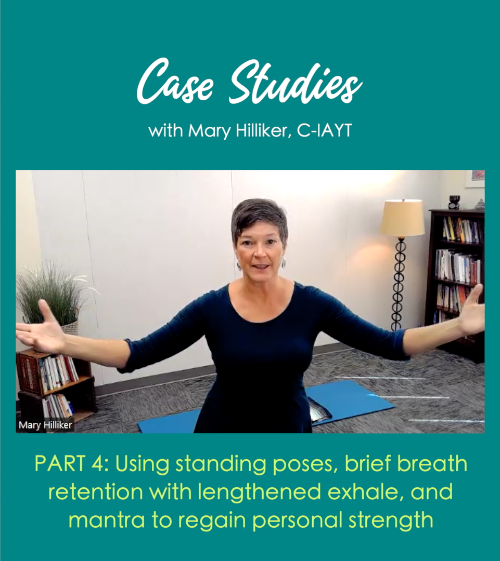
Check out Mary’s Real-Life Case Studies video series on the Sequence Wiz community site. (Available exclusively to Sequence Wiz members. Learn more about Sequence Wiz membership >)
Part 1 (released): Introduction and an overview of the case studies
Part 2 (released): Using micromovements, langhana breathing, and personal mantra to deal with the trauma of a vehicular accident
Part 3 (released): Using breath-centered asana, segmented breathing, and five senses meditation in a therapeutic group
Part 4 (coming this Friday): Using standing poses, brief breath retention with lengthened exhale, and mantra to regain personal strength
We will release Mary’s case studies once a week on Fridays; join our Case Studies group to follow along!
[jetpack_subscription_form]
About Mary
Mary Hilliker is a Registered Dietitian/Nutritionist, an experienced yoga teacher at the E-RYT 500 level and a Certified Yoga Therapist with the International Association of Yoga Therapists (C-IAYT). She studied with Gary Kraftsow of the American Viniyoga Institute for the last 20 years.
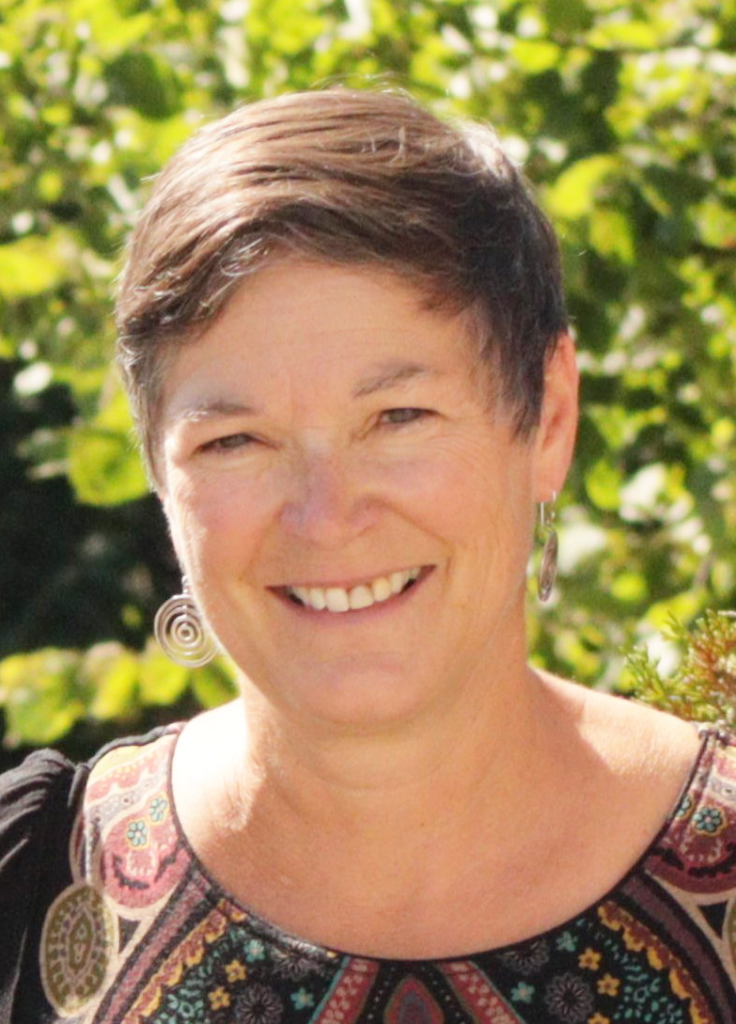
Mary has been mentoring yoga therapists for the last 8 years in their individual client work, development of therapeutic groups and workshops, personal practice and professional transformation. Mary worked with Gary Kraftsow and the American Viniyoga Institute in administrative, faculty and curriculum coordination roles, most recently with the AVI Yoga Therapist Training.
Interest in musculoskeletal health was fundamental to her early start in Yoga Therapy. Her work evolved to a generalist Yoga Therapy practice that also includes a focus on physiological and mental health. Much of her work focuses on beginners and people 55+, people who seek out Yoga Therapy who haven’t been exposed to yoga or Viniyoga. She teaches therapeutic groups and special events such as Yoga for Better Sleep, Yoga for Stressful and Anxious Times, Yoga for Digestive Health, Yoga for Grief & Healing, Yoga Therapy for Structural Conditions, Yoga Therapy for Headaches, Yoga for Seasonal Changes and Yoga for Fatigue.
Mary owns and operates River Flow Yoga Teacher Training School, a Yoga Alliance RYS-200 and RYS-300 in Wausau, Wisconsin. She is a business partner and teacher/yoga therapist with 5 Koshas Yoga & Wellness in Wausau, WI. In that role, she focuses her time on individualized Yoga Therapy, teaching Yoga Therapy groups, webinars and special events, training yoga teachers, and providing continuing education for yoga teachers and yoga therapists.

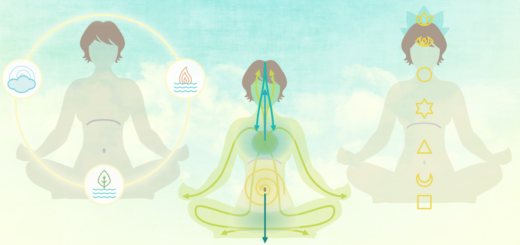


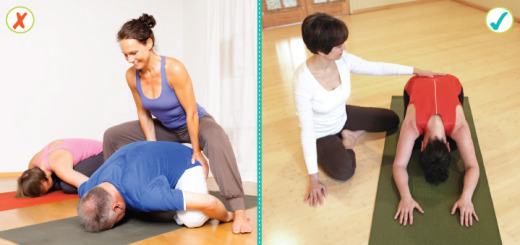















Thank you for letting me know you
Galina